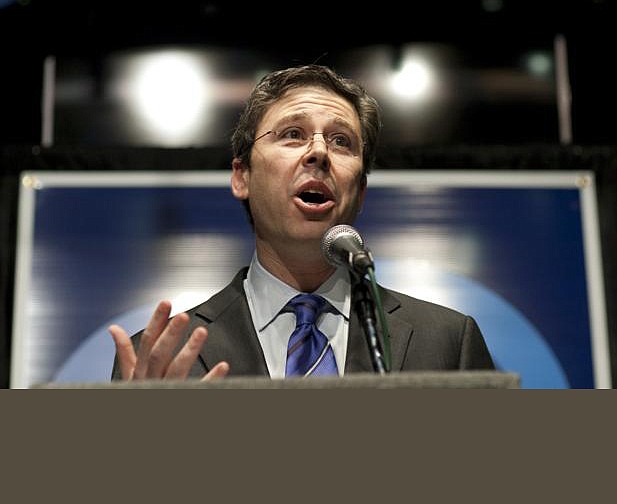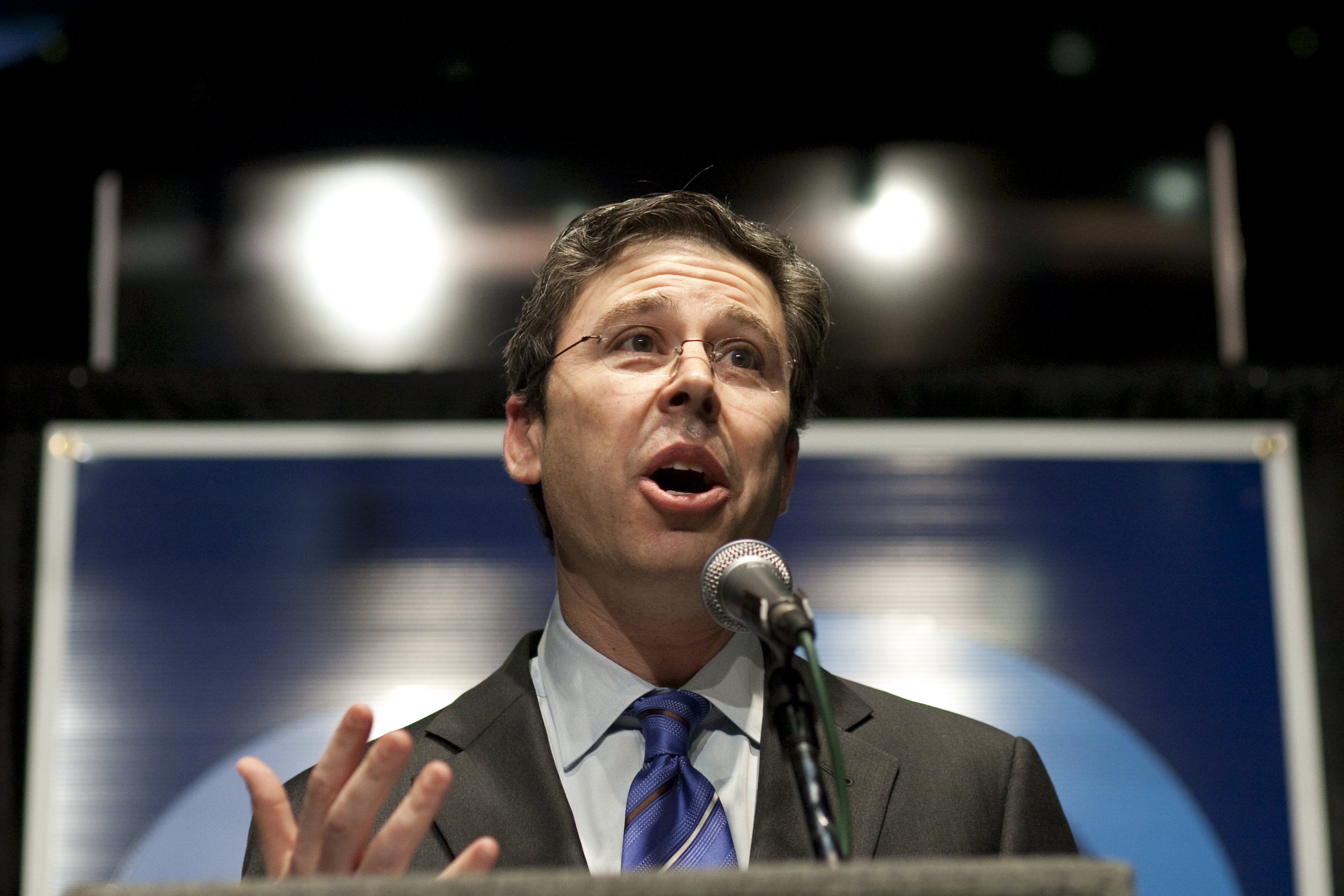Mayor Andy Berke calls his re-organization of the city's governmental departments a "bold" departure from past years, and to some extent that is true. If it actually is bold, however, it's not because he has just abolished four departments and created three others, or that he plans to use a corporate-style structure to winnow the number of people who will report to him.
Rather, it's bold because he has now established two departments that, by their title and definition, will require his administration to be responsible and accountable for some socioeconomic goals that no previous mayor has had the courage to seriously undertake, or even talk much about.
These two units are the Department of Economic and Community Development, and the Department of Youth and Family Development. These departmental labels and functions will cover some of former duties of the now abolished Parks and Recreation Department. But they apparently will have much larger goals and responsibilities, particularly in poorer urban neighborhoods where student achievement levels are low, where poverty, crime and gangs flourish, where innocent residents live in fear, and where good job opportunities have been limited historically by bus routes, skills and a bleak environment of deadened aspirations.
Berke has talked a good deal about his agenda for steering help to impoverished neighborhoods, families and at-risk youth from an early pre-kindergarten age through high school. So it's fair to assume that he intends for the city, with at least some help from parents and community leaders, to establish learning, reading and mentoring programs that would help kids at various ages before they start school, or when school days end.
He hasn't, however, gotten to the point of delivering specifics about how to engage city government in these areas, the specific programs he intends to promote, and how he will coordinate any of these with the school system and city resources. Similarly, he hasn't described how he intends to blend the city's broad economic development and job recruiting activities, which are chiefly handled by the Chamber of Commerce, with increased job opportunities for young men from poorer neighborhoods and with educational gaps.
Regardless, Berke is on the spot to produce a vigorous and multi-faceted effort that mirrors his promise for helping youth, families and neighborhoods that haven't been doing well on their own. And he eventually will be judged on the outcome.
Financing for any new initiatives probably will not be sought from the new City Council. Berke hasn't broached the idea of seeking new revenue, and with seven of the new council's nine members new to the job, the council isn't likely to consider a tax increase either. Growth in the city's tax base from new buildings and businesses in the improving economy may provide some financial flex, but the budget still will be tight.
Berke's vision and direction will be tested in other areas, as well. He has taken the transportation segment out of the Department of Public Works, apparently with the smart intention of making the city's approach to transportation more comprehensive and holistic. Under the new transportation department, street repair and road planning budgets will reflect the broader concerns of public transit, alternative transportation (i.e., bicycle and pedestrian routes) and neighborhood needs, as well as commercial and job growth and existing congestion.
One area that hasn't been publicly addressed so far is growth planning for downtown and in the suburban sections of Hixson and Brainerd. Since the Littlefield administration eliminated the former Urban Design Center, downtown growth hasn't been wisely shepherded. One-story franchises have been allowed on building sites that should have been held for multi-story, multi-purpose, architecturally compatible buildings that would build on the revitalized downtown's image, and generate far-higher tax revenue over time. Similarly, no attention for street-scape and aesthetic improvements have been given to the commercial strips of Brainerd Road, Hixson Pike and Highway 153.
City leaders should realize the cost of neglected building standards downtown and in core suburban areas, and the considerable future economic benefits of nurturing and preserving scenic beauty in our built environment. If Mayor Berke is willing to tackles bigger goals, he will put our built environment on his bold list as well.

